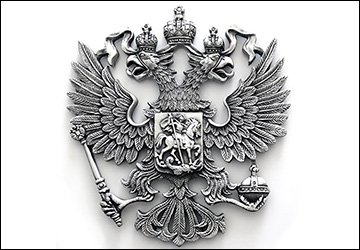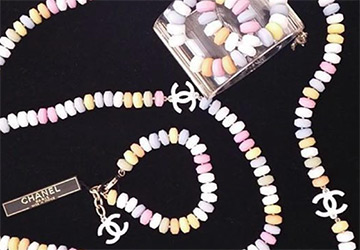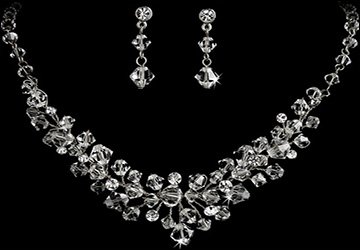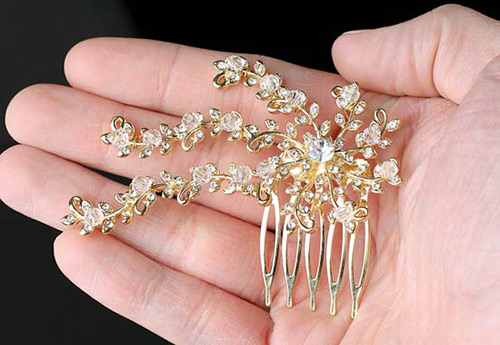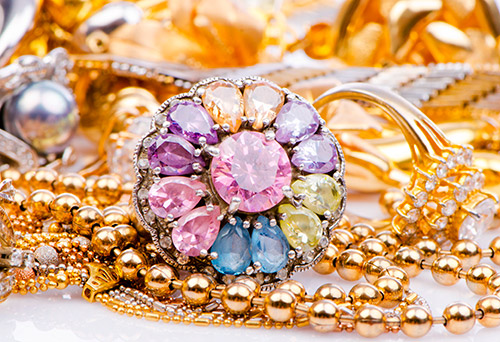Jewelry
Russian jewelry - Russian pattern
Nothing probably will make you instantly pay attention to a woman, like jewelry on her - clinking beads or sparkling earrings. Large or small, luxurious or modest, they change our appearance for the better. Jewelry can turn the most modest outfit into a standout one.
In Russia, jewelry has always been loved. A lot of historical evidence has been preserved about this. They were worn by both women and men, regardless of their status in society. Of course, among noble persons, jewelry was distinguished not only by the value of stones and metals, but also by rich jewelry design. This luxury of jewelry has surprised foreigners more than once.
Documents have been preserved in which foreign ambassadors reported to their homeland that the tsar and the boyars dress "magnificently without any measure." Therefore, many modern Russian girls love luxury and excessiveness in decorating their image.
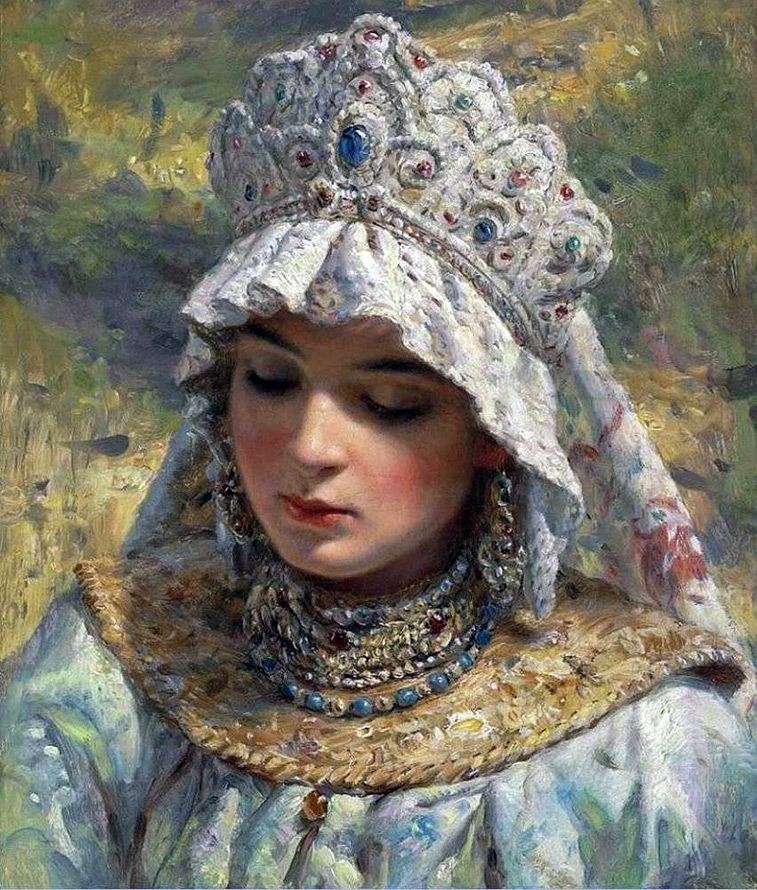
The bright jewelry art of Russian masters is distinguished by the splendor of the decor and the richness of colors. There are many different styles of jewelry art. And the style of the Russian masters of the 16th-17th centuries is called that way - "Russian pattern". In these jewelry, patterns are created with bright gems, stones of the highest dignity - sapphires, rubies, emeralds, spinels, turquoise and, of course, river pearls, beloved by everyone and at all times - the treasures of the Russian northern rivers.
The peculiarity of Russian jewelry is the abundance of vegetable scrim ornament repeating frosty patterns on the window glass, the use of multicolored enamel, often white and blue, like the sky of the Russian North, deep blacks, engraving and embossed relief patterns. Ornaments are found in smooth cast and openwork filigree.
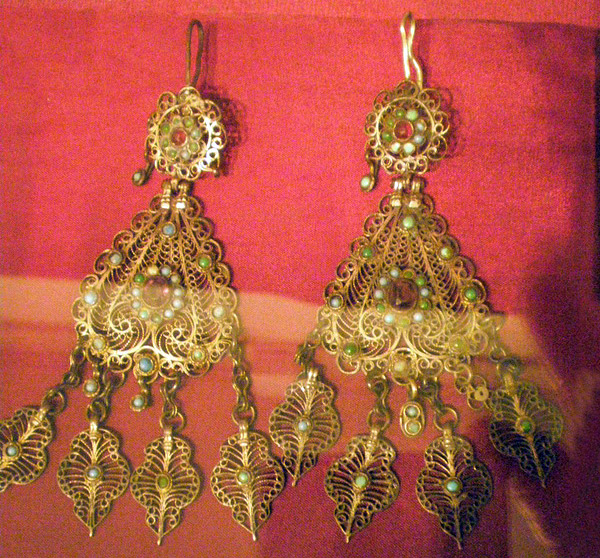
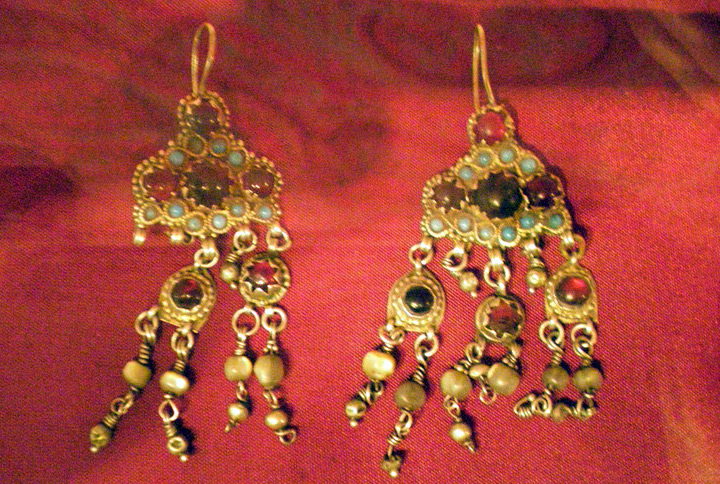
The inhabitants of Russia of the XVI-XVII centuries adorned their long and wide clothes, with numerous jewelry, some of which were fastened on, sewn on, others were superimposed.
An important role in women's attire was played by ryasny - long pearl threads that went down to the shoulders, similar to earrings, which were hung from headdresses on both sides of the face. The woman who wore robes had a special smoothness and majesty in her gait, she "acted like a pava." Many ornaments demanded from her a regal bearing, calm movements, and dignity.
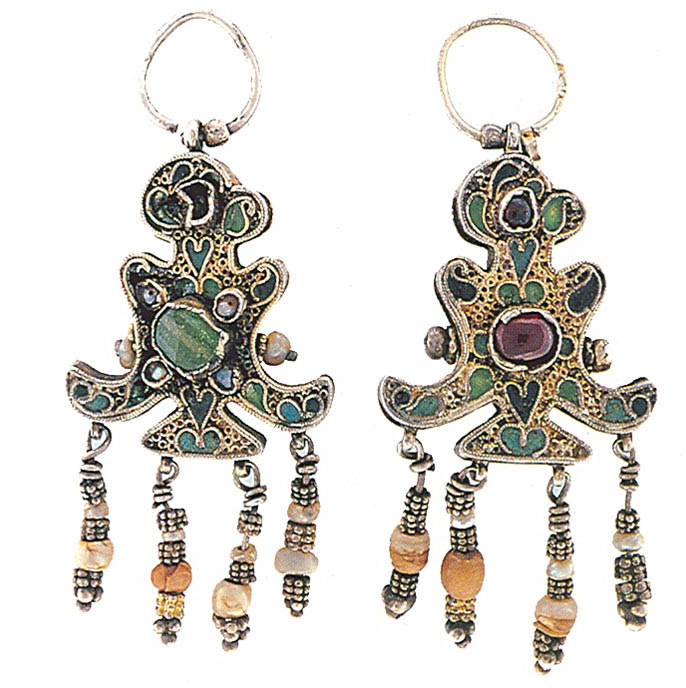
Earrings "Russian pattern" were original and varied in shape and were, as now and then, a favorite adornment of Russian women. Some of them were so massive that, judging by the shape of the lock, they were not worn in the ears, but were attached to headwear... The earrings were studded with precious stones, pearls, mother-of-pearl, corals, turquoise and colored glass, decorated with intricate curls of filigree flagella or silver cylinders strewn with grain.
A special feature is the Novgorod earrings - "stuffed cabbage", which are not found in this version among any other peoples. Their shape resembles the figures of two birds facing each other with their beaks or backs. Earrings from Solvychegodsk and Veliky Ustyug were often decorated with pearls and painted enamel.
Moscow craftsmen decorated earrings with filigree and enamel, stones and pearls, they loved earrings with pendants, which were especially elegant and were an example of artistic excellence.
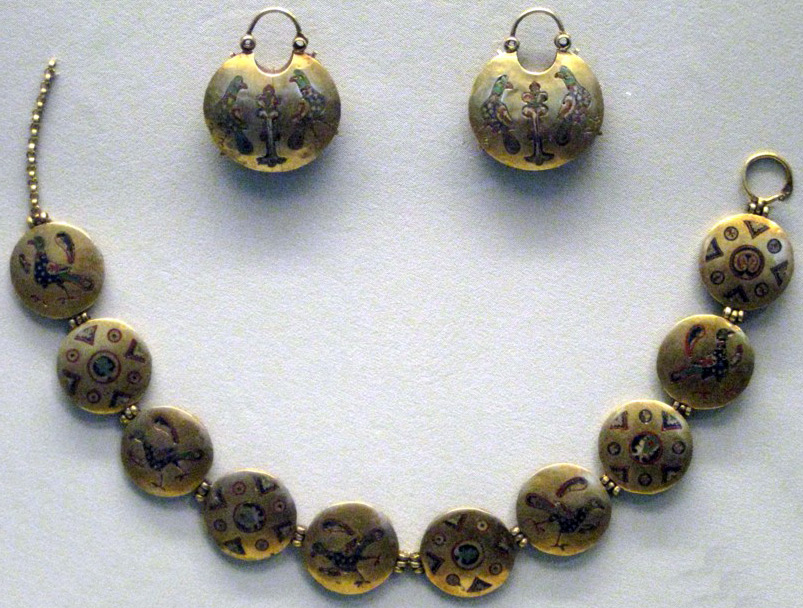
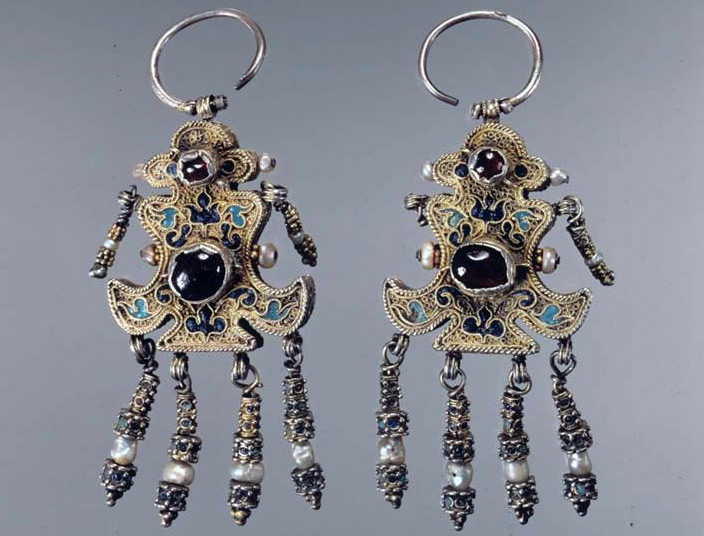
Men also wore earrings, though only one earring. And this expressed in them not softness of character, but on the contrary strength and power. The author of the first history of Russian costume A.N. Olenin writes: “... wearing earrings in the ears for a long time remained in the custom of the Russian princes. We see that in 1356 the Grand Duke John Vasilievich bequeathed to his two sons ... one earring each ... ".
The fashion for one earring among men returned in the 18th century, and in the 19th century this fashion especially flourished among the military in the Russian cavalry regiments. Earrings were worn not only by officers, but also by soldiers.
Rings and signet rings were also loved by all. Sometimes, on especially solemn occasions, rings were worn on all fingers. Emeralds, rubies, sapphires, turquoise, pearls in a spectacular frame looked like flowers. Signet rings and rings with an eight-petal rosette decorated with small stones and small floral ornaments were popular.
A necessary addition as decoration were precious buttons, buckles, pins and, of course, gold and silver chains, which were often assembled from flat elements or from curls of rolled filigree and decorated with white or blue enamel.
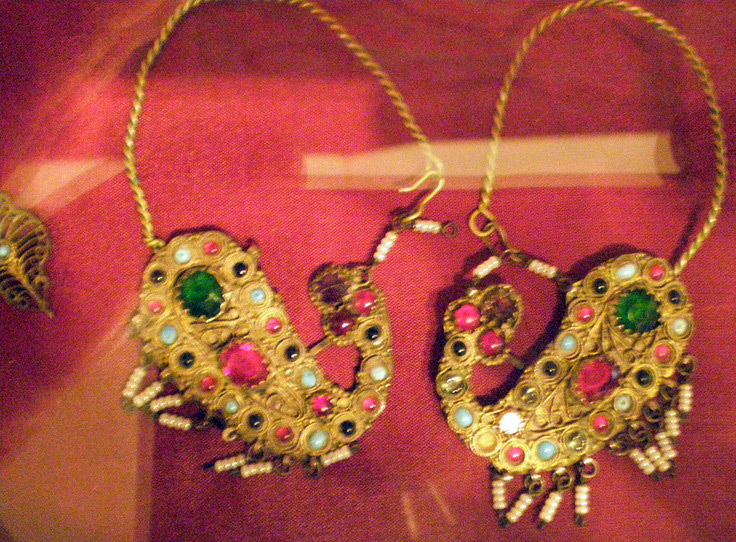
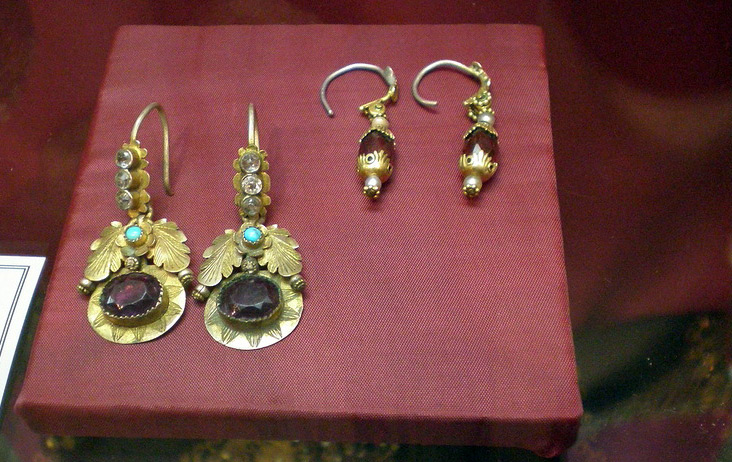
"Russian Ornament" is a special ideal of beauty, a bright style of Russian art, it combines the motives of the art of Byzantium, the East and the West.
Many treasures of our ancestors did not reach us, disappeared in the fire of wars and revolutions. We can see the few remaining decorations in Russian museums, admire their beauty in the portraits of Russian painters. But even the little that has survived to this day gives an idea of the peculiar beauty and characteristic features of Russian jewelry art - “Russian patterned”.
Over the course of many centuries, Russian jewelers have repeatedly turned and are turning to the work of the masters of "Russian ornamentation", creating masterpieces of the Russian style.
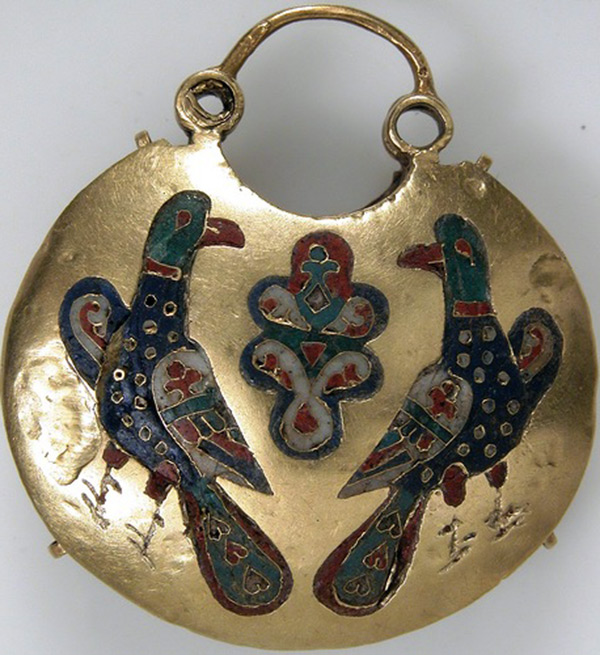
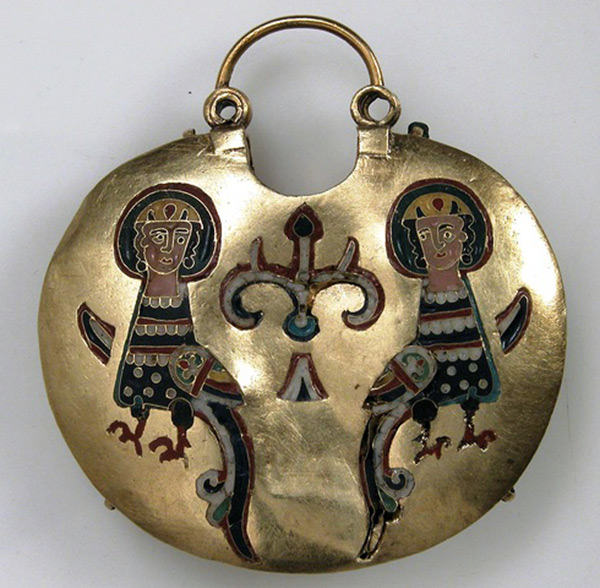
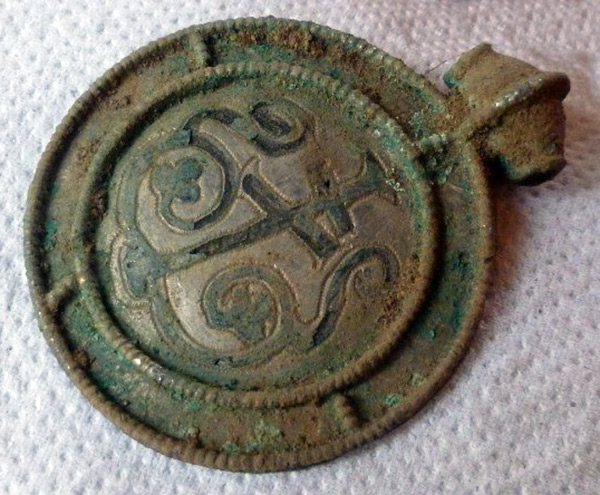
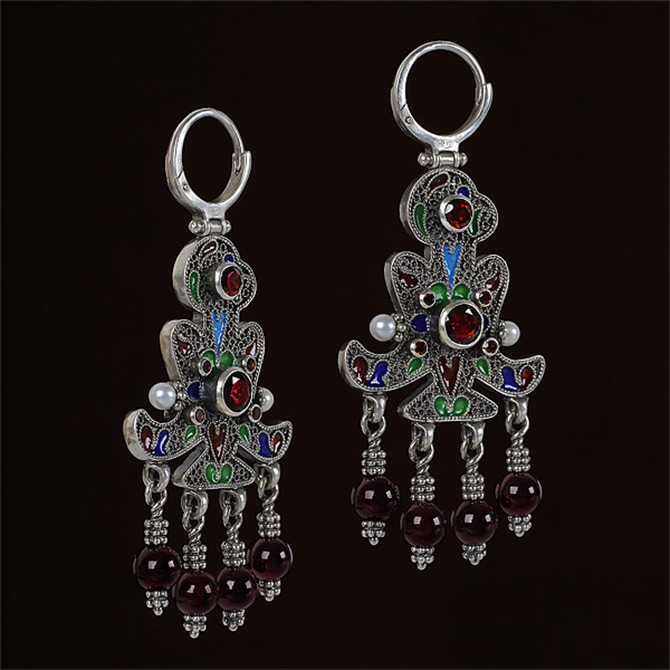
Modern jewelry in the style of Russian uzoroche.
Photos above and photos below are taken from the website of the jeweler Timofey Zhuravlev
timmaster.ru
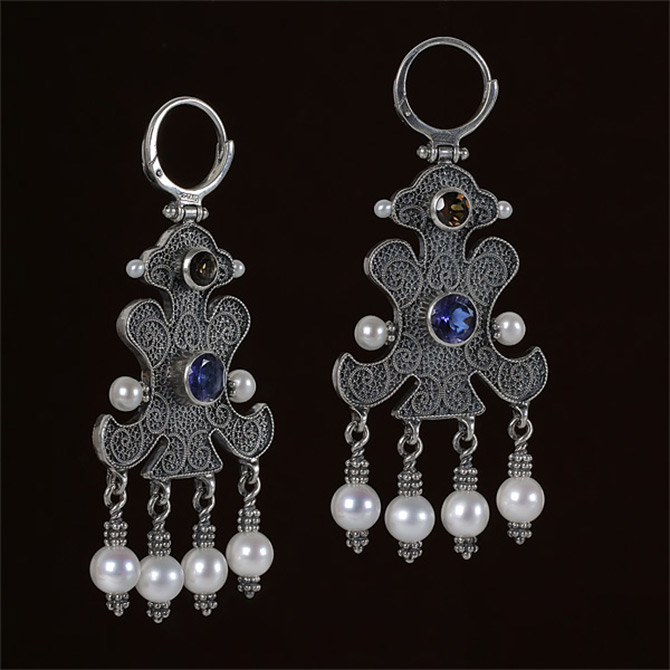
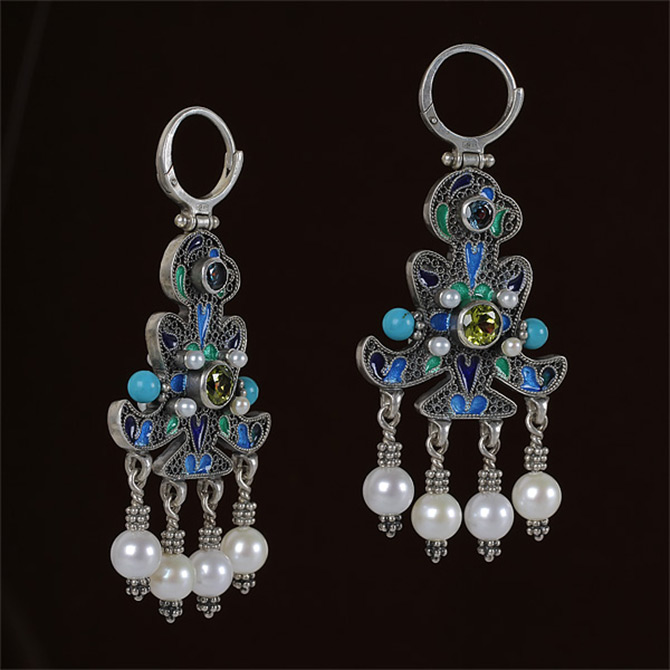
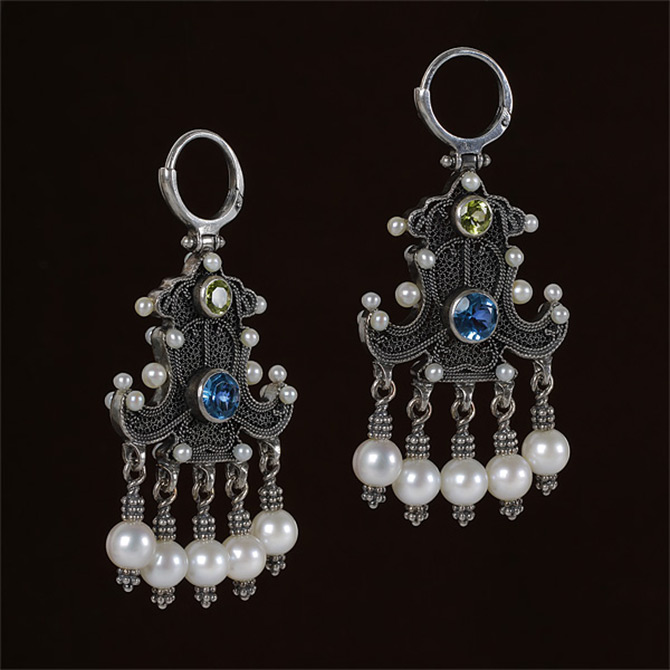
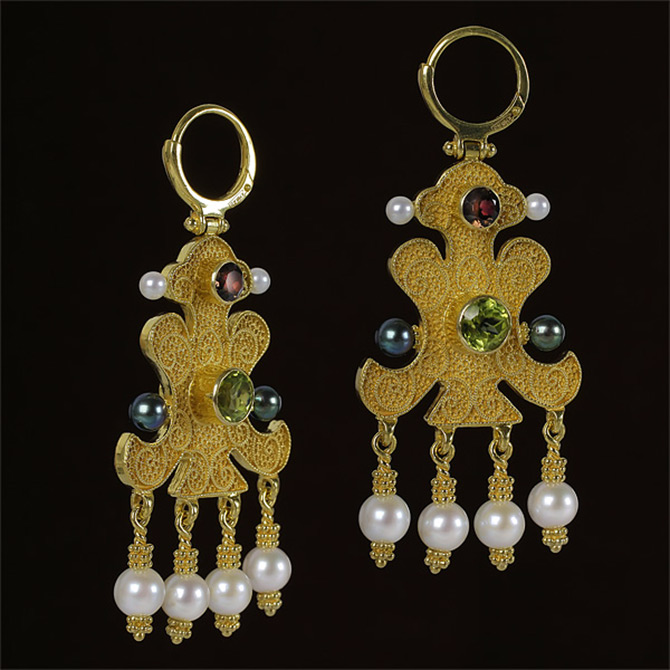
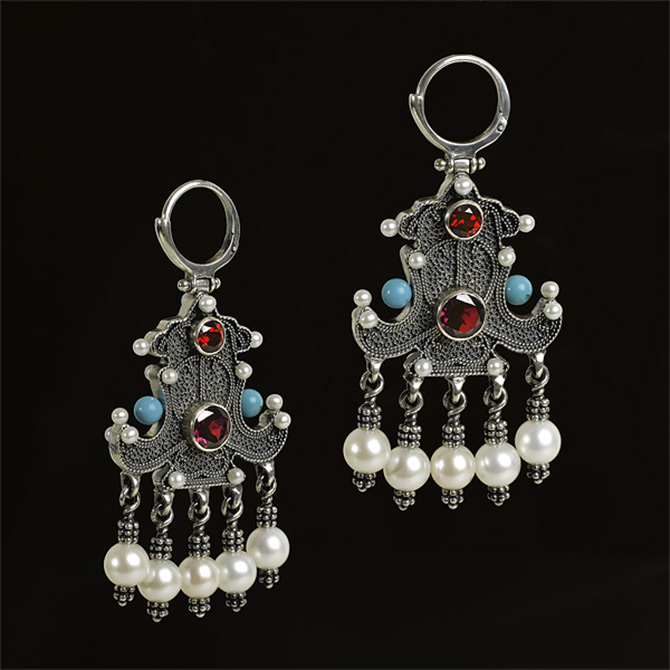
Comments and Reviews
Add a comment
Rating news
Shades of clothing that make women look younger
What shades of hair make women younger: rules and photos
Funny wedding dresses - photos and ideas
12 most expensive down jackets for the winter
How to look 25 at 40: tips from supermodels
Beautiful schoolgirls
Anti-aging haircuts and hairstyles for women
Fashionable skirts for autumn and winter
Fashionable women's trousers for the cold season
Fashionable and stylish sandals for summer 2024
Spring-summer 2024
 Fashionable dresses and tops with thin spaghetti straps
Fashionable dresses and tops with thin spaghetti straps
 Bandana tops: how to wear stylishly and beautifully
Bandana tops: how to wear stylishly and beautifully
 How to put together the perfect men's wardrobe for the summer
How to put together the perfect men's wardrobe for the summer
 Fashionable shorts for spring-summer 2024
Fashionable shorts for spring-summer 2024
 Fashionable skirts for spring-summer 2024: a guide to online shopping
Fashionable skirts for spring-summer 2024: a guide to online shopping
 The most fashionable dresses spring-summer 2024: styles and colors
The most fashionable dresses spring-summer 2024: styles and colors
 Fashionable total look 2024: ideas of images and trends
Fashionable total look 2024: ideas of images and trends
